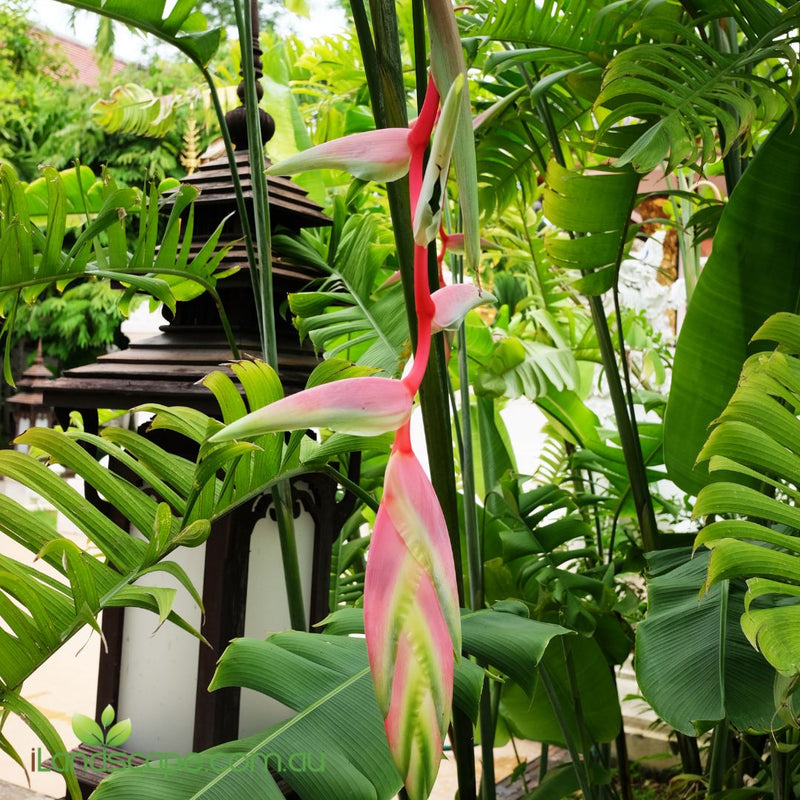Zamia Furfuracea
Zamia furfuracea, commonly known as the Cardboard Palm, is an attractive and unique plant known for its stiff, cardboard-like leaves and slow-growing nature. While it adds an interesting architectural element to any garden or indoor space, it’s important to note that this plant is not pet-friendly.
Description
Zamia furfuracea is a cycad native to Mexico. It features a rosette of leathery, pinnate leaves that emerge from a central stem. The leaves are thick, stiff, and have a distinctive texture that resembles cardboard, hence the common name Cardboard Palm.
Flowers
The Cardboard Palm produces cone-like structures rather than traditional flowers, typical of cycads. These cones are usually produced at the base of the plant and can add to the plant’s ornamental appeal.
Foliage
The foliage is the main attraction of Zamia furfuracea. The leaves are dark green, pinnate, and can grow up to 1 meter long. Each leaf comprises multiple pairs of leaflets that are thick and tough, giving them a unique, textured appearance.
Form and Size
Zamia furfuracea typically grows to a height and spread of 0.6 to 1 meter, making it a manageable size for both indoor and outdoor settings. Its compact form and striking foliage make it a popular choice for decorative purposes.
Growing Conditions
Soil: Prefers well-drained, sandy to loamy soils. It can tolerate poor soil conditions but thrives in fertile, well-draining substrates.
Sunlight: Grows best in full sun to partial shade. In indoor settings, it benefits from bright, indirect light.
Water: Requires moderate watering. It is somewhat drought-tolerant once established but performs best with regular watering, especially during dry periods.
Climate: Suitable for warm, tropical, and subtropical climates. It can tolerate light frosts but should be protected from severe cold.
Toxicity to Pets
Zamia furfuracea is toxic to both cats and dogs. The plant contains cycasin, a toxin that can cause severe health issues if ingested. Symptoms of poisoning include vomiting, diarrhea, liver failure, and in severe cases, death. Every part of the plant, especially the seeds, is highly toxic.
Maintenance
Pruning: Minimal pruning required. Remove any dead or damaged leaves to maintain appearance.
Fertilizing: Benefits from occasional feeding with a balanced, slow-release fertilizer during the growing season.
Pest and Disease: Generally pest-resistant but can be susceptible to scale insects and root rot in poorly drained soils. Ensure good drainage and monitor for pests.
Notes
While the Cardboard Palm is a visually striking and low-maintenance plant, it is crucial to keep it out of reach of pets and small children due to its high toxicity. If you have pets, consider choosing pet-friendly alternatives to ensure their safety.
Companion Plants
For pet-friendly gardens, consider pairing non-toxic plants that can provide a similar lush, green appearance without the risk to pets. Here are a few options:
Spider Plant (Chlorophytum comosum)
Parlor Palm (Chamaedorea elegans)
Boston Fern (Nephrolepis exaltata)
Areca Palm (Dypsis lutescens)
Cast Iron Plant (Aspidistra elatior)
Common Name
Cardboard Palm
Botanical Name
Zamia furfuracea
Family
Zamiaceae
Origin
Native to the coastal areas of Eastern Mexico, Zamia furfuracea has become popular in gardens and indoor plant collections worldwide due to its distinctive appearance and easy-care nature.
Conclusion
Zamia furfuracea, with its unique cardboard-like leaves, is a fascinating plant that can add a tropical touch to your home or garden. However, its toxicity to pets makes it a risky choice for households with cats or dogs. Always prioritize the safety of your furry friends by opting for non-toxic plants whenever possible
